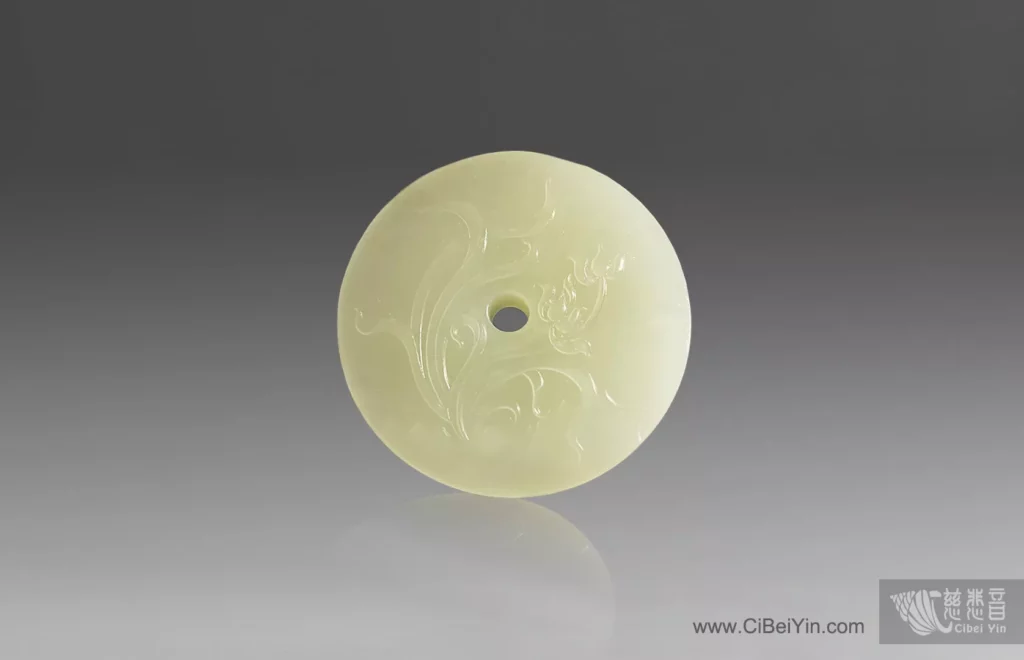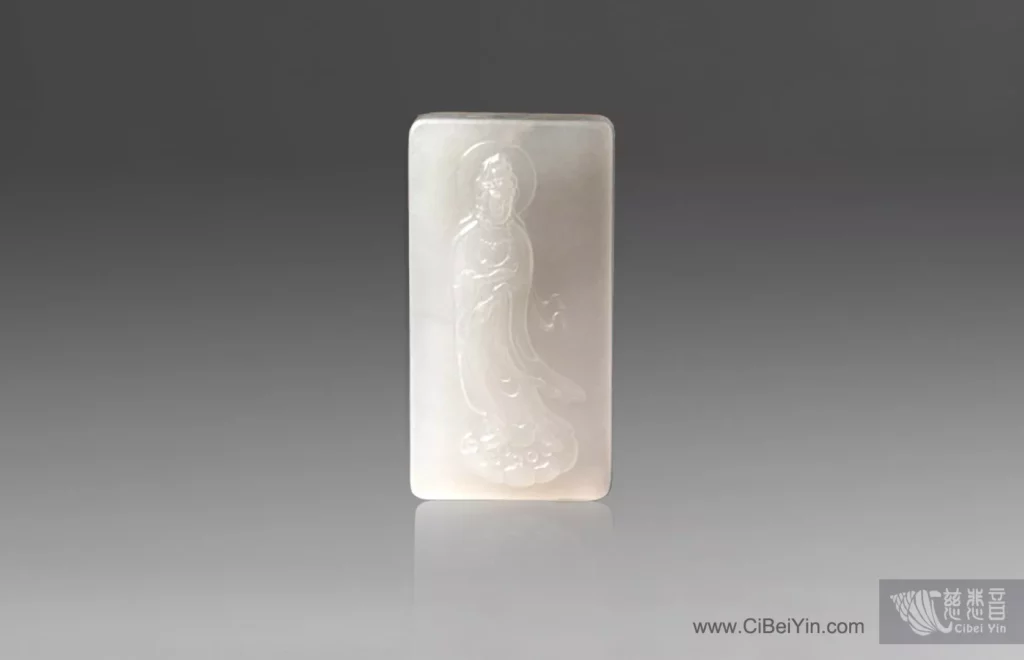White Jade is a kind of tremolite jade which is a variety of nephrite, and is usually white, off-white, or cream in color. White jade is mainly produced in China, with the white jade produced in Xinjiang Hotan (Editor’s Note: Originally named Hetian; renamed Hotan in 1959) having the best quality. In addition, it is also produced in Russia, South Korea and other countries.
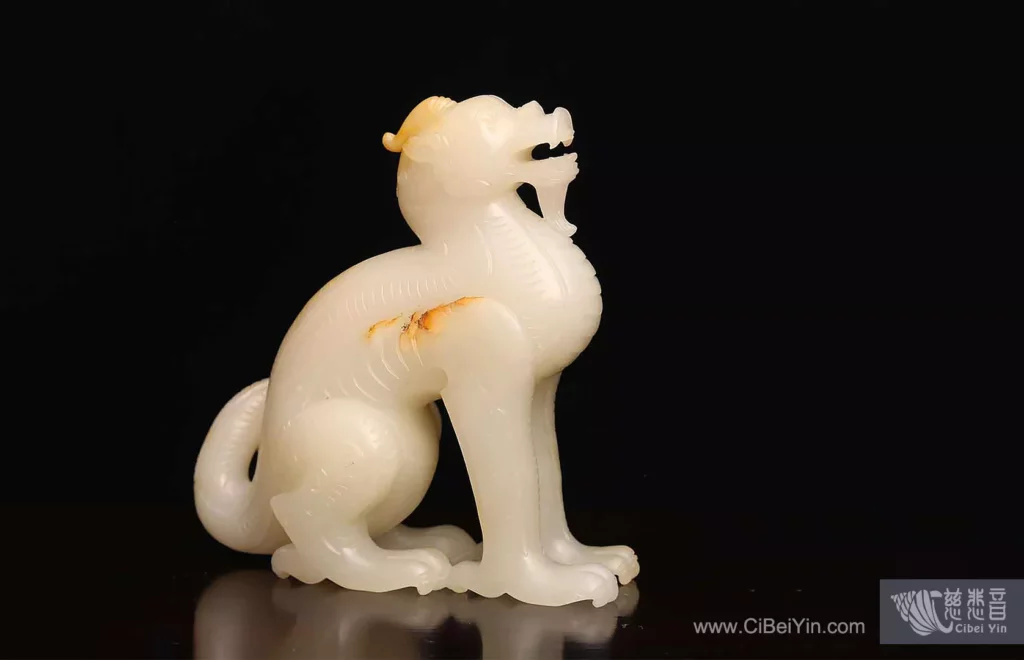
Chaofeng is a Mythical Beast and One of the Dragon’s Nine Children
Delicate Texture
White jade generally has good oiliness, and a fine and supple texture. According to its environment, white jade is divided into mountain material and seed material. Usually, “mountain material” refers to the primary ore and jade buried in mountains or rocks; the primary ore and jade slowly move to the riverbeds after years of geological movement and, after thousands of years of water erosion, become as smooth and round as pebbles, and are commonly known as “seeds.” High-quality white jade mostly comes from Hetian jade seed material, with a texture as supple as “mutton fat”, therefore called mutton-fat white jade, which is the best in white jade.
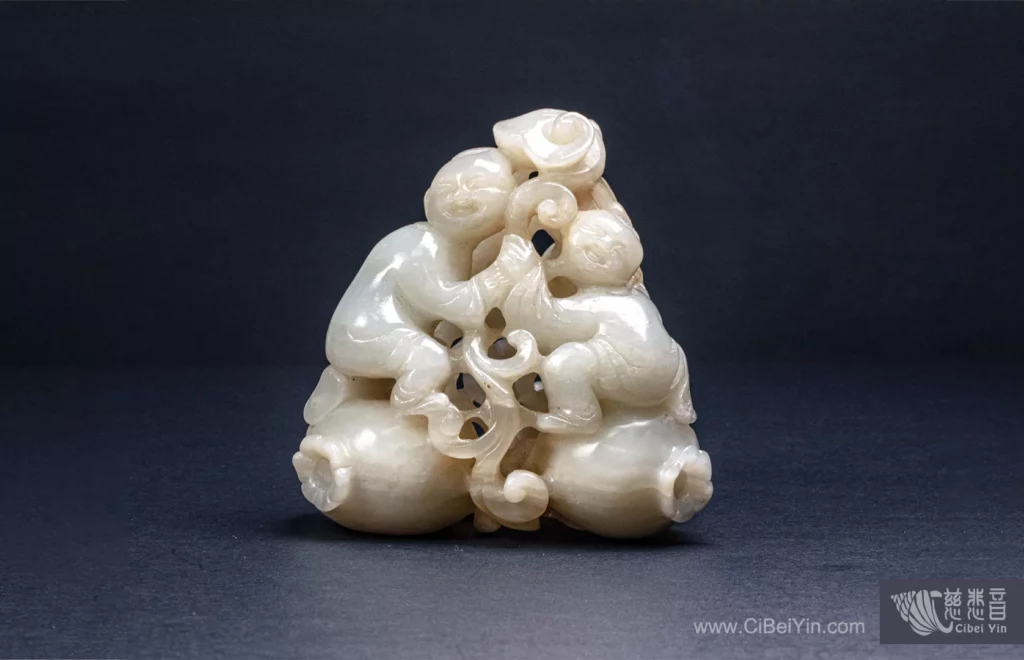
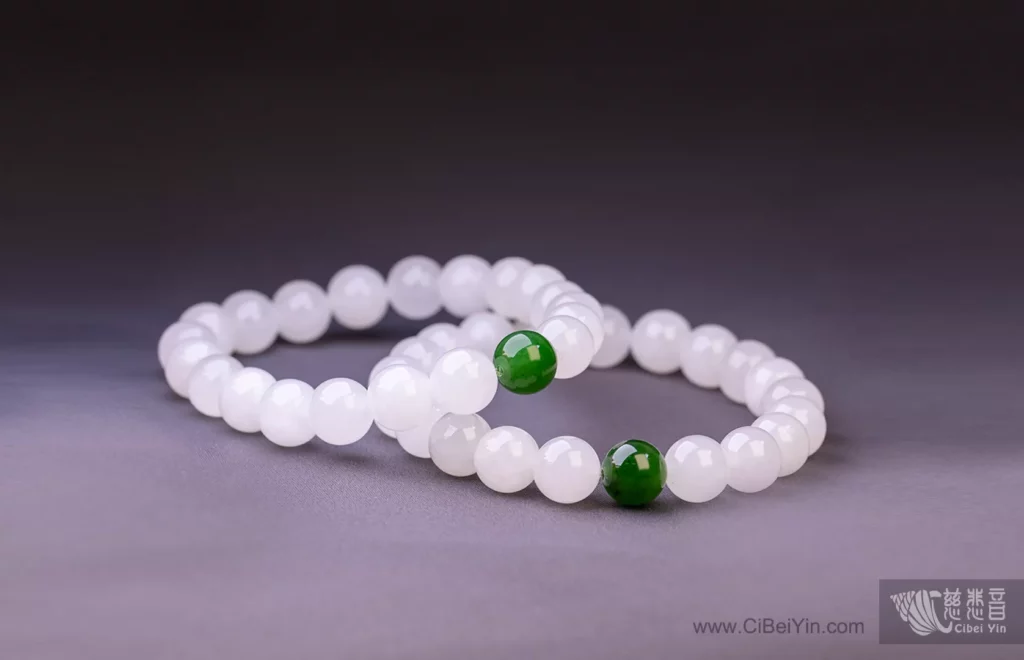
Noble and Pure, White Jade’s Virtue
The ancients said: “A gentleman compares virtue to jade.” From ancient times to the present, white jade, with its warm and delicate characteristics, emits a sense of beauty that is not ostentatious nor unpretentious, but conveys a pure, noble, beautiful spirit. A symbol of a gentleman’s virtue.
During thousands of years of oriental history, white jade always occupied the mainstream position in jade, from emperors and generals to literati, all highly respected that the traditional virtue of gentleman should be like that of jade. The jades of the imperial families of past dynasties were also mainly white jade, especially the emperor’s jade seal, which was often made of high-quality mutton-fat white jade in order to show the emperor’s supreme virtue and power.
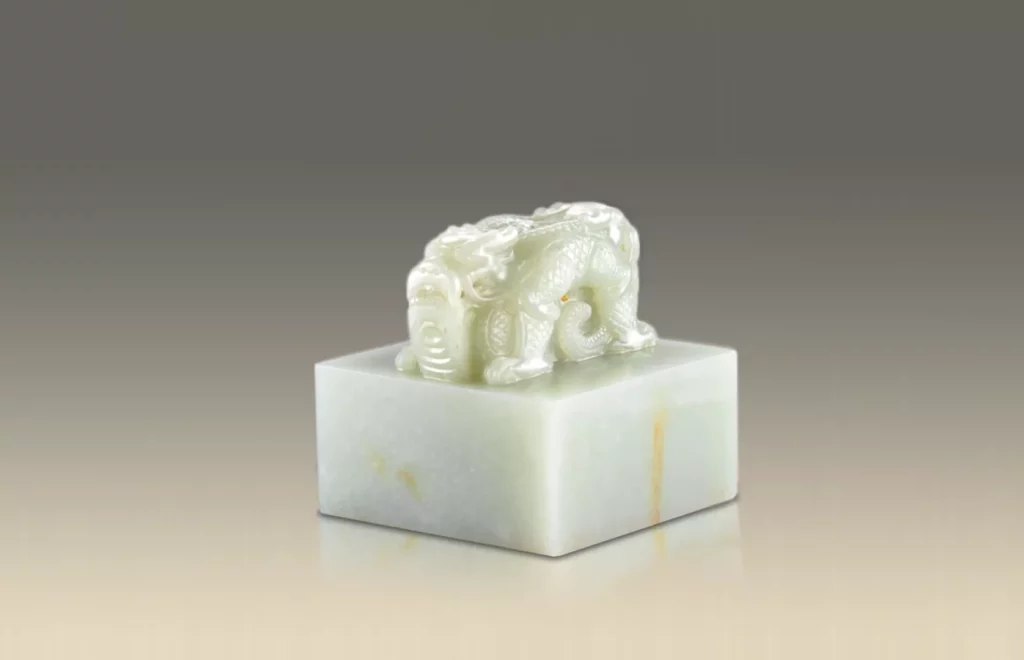
Imperial White Jade Dragon Square Seal
Photo Source: Christie’s
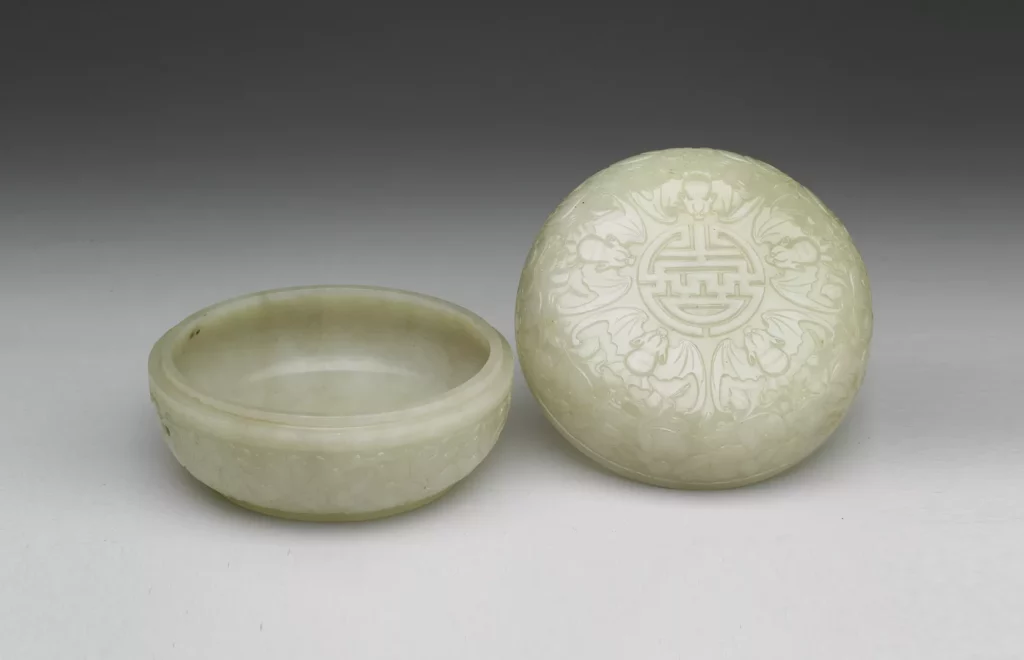
White Jade Carved Five Blessings Round Box
Photo Source: The Palace Museum, Taiwan
Channel Auspiciousness
As the saying goes: “A man wears jade for three years, and jade nourishes a man for a lifetime.” A piece of high-quality white jade is not only a symbol of virtue, but also brings the wearer health, safety and auspiciousness. White jade contains many trace elements that are beneficial to the human body. Worn often, it can soothe and calm the nerves, beautify the face, enhance the immune system, and is beneficial to health.
When white jade is worn for a long time, the oil secreted by the human body makes the white jade more delicate and transparent, and it also becomes more spiritual after connecting with the owner’s breath, which can protect the owner’s safety and auspiciousness.
Because of white jade’s effectiveness to nourish the body and mind, and because of its beautiful meaning, people since ancient times not only wear white jade, but also gift the warm and valuable white jade to family and friends to express wishes for their longevity and happiness.
